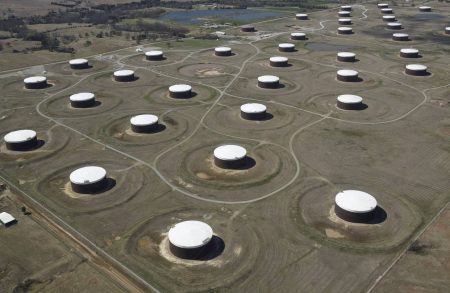December 21, 2016 – In the Northern Hemisphere we have arrived at the Winter Solstice. Here in Toronto it means daylight lasting a little more than nine hours. And as the amount of light has ebbed towards year end it is a good time to think about other things that might be ebbing as well. One of them is fossil fuels.
In recent weeks there have been numerous articles asking if we have reached peak oil demand. This is question no one asked a few decades ago. At that time the general concern was about peak supply. The industry was in a race to find new sources of oil and natural gas including searches in the deep ocean and the Arctic. Today the urgency to find new fossil fuel sources is significantly diminished for several reasons:
- Land-sourced oil from shale rock formations has become far more economical.
- Climate change global policies have started to be introduced to begin a transition to lower-carbon economies.
- Renewable energy capacity has dramatically grown in the last decade and continues to expand faster than any other energy supply.
To add to the above, yesterday, Canada and the United States announced long-term moratoriums on exploring for oil and natural gas in their Arctic domains, and the U.S. also created new restrictions on oil exploration off its Atlantic coastline. Koch Brother industries mothballed plans for an oil sands project. OPEC and Russian oil producers in the last month announced production cuts. And Brent Crude pricing stood at just over $55 U.S. for a barrel, a price considerably higher than where oil sat a year ago. And a price that might soon be remembered nostalgically by oil producers if some prognosticators are proven right.
According to Francois De Beaupuy, who writes about the energy industry for Bloomberg, in a December 20th article he argues that oil is facing a five energy tsunami that could reduce per barrel pricing in the next decade to $10.
What does a $10 barrel mean for the oil industry? There are no producing countries or companies today that can profit with a world price for oil set that low.
So why is De Beaupuy suggesting it may happen? He interviews Thierry Lepercq, head of research at Engie SA, the French energy company. Lepercq envisions, even if oil demand climbs to a peak in the mid-2020s, that its per barrel price will never return to $100 plus pricing. More likely, Lepercq sees a dramatic fall in demand in the latter part of the 2020s with an oil price crash.
He states, “Solar, battery storage, electrical and hydrogen vehicles, and connected devices are in a J-curve…..Hydrogen is the missing link in a 100 percent renewable-energy system, but technological bricks already exist.” If you are not familiar with a J-curve, it describes an economic phenomenon where initially a product’s high cost of entry impacts demand negatively. But then as the product cost declines the demand curve reverses climbing rapidly. That’s the path that renewable energy technologies are taking.
Engie SA, according to Lepercq, sees its future in renewables. The company is selling off its coal-fired power plants. It has already purchased or launched solar power initiatives, and is investing in grid-scale battery storage, hydrogen energy technology, and micr0-grids. “We’re talking about technology platforms in which massive value can be created from comparatively small investment,” states Lepercq. He sees solar power costs in the world’s sunniest environments getting dirt cheap. Before 2025 the company forecasts delivery costs of solar at below $10 per megawatt-hour. Engie has also reinforced its energy bet by acquiring interests in new photovoltaic films capable of covering entire building surfaces, and has made investments in companies building hydrogen fuel cells.
Remarks Lepercq, “As car makers offer more electrical vehicles with a range exceeding 500 kilometers, charging stations being progressively deployed and more cities banning gasoline and diesel cars, a shift will progressively take place.” Even with limited range EVs in 2015, global sales exceeded 1 million units. Range anxiety for EVs, however, will soon be a thing of the past. Now add hydrogen fuel cells and a hydrogen infrastructure to the mix and the energy options for transportation other than diesel and gasoline become quite compelling.
In a recent Engie study the company looked at a region in Southern France, the sunniest part of the country. They modeled a scenario in which the entire area could run on renewable energy by 2030 at a cost 20% less than current sources. Lepercq believes that the five energy tsunamis, solar, wind, biogas, battery storage and hydrogen, will be the driving force behind oil price declines to $10 a barrel. He argues that it will be hard to compete with technologies that deliver nearly infinite energy at next to zero cost.
















